Road trip to Côte-Nord, a road trip of a lifetime along Route 138 Quebec
Côte-Nord (North Shore) is a raw and untouched part of the province that even the most adventurous travellers dare to visit in its entirety. It is an immense territory that is bigger than most countries. To visit this hidden gem, you will need to embark on a trip of a lifetime through the mystical route 138, the Quebec whale route. You will border the immensity of the Saint-Lawrence river, where it widens to become the ocean and on the other side, you will go through millennial forests, pristine rivers, unique fauna and flora. The crown jewel of the region is the Mingan archipelago, a national park that only a few travellers know. So are you ready to be one of these few travellers? If so, I have the blog for you!
This is a road trip for the people who love to hit the road and love feeling that they are at the end of the world. If you are leaving from Montreal you will be doing more than 2,000km. The area is sparsely populated, sometimes you will be the only one on the road.
So, are you ready to hit the road?
All about the region
The Cote Nord territory is immense, it has 300,282 km² with a small population of 92,518 (2016). This vast area starts at Tadoussac and ends at Blanc-Sablon and from Schefferville to Anticosti Island. It offers 1,300 kilometres of coastline and breathtaking nature along the way. It is one of the best places in the world to observe whales. I got all the information to rock your whale watching in the province here!
The inhabitants are friendly and proud of their region. The road will take you to different ecosystems and you can see that the vegetation slowly changes to a more Nordic one the further north you go, after all, you will be north of the 50th parallel. The road is beautiful, sometimes you will see the Saint Lawrence for long stretches, and sometimes you will go through the boreal forest, immense rivers and some waterfalls. So don’t fall asleep!
The towns are small, you will be staying in towns that have less than 300 inhabitants. If you come from a big city, this way of life will be very different from the accessibility of the cities in the South. The region is the cradle of electricity for the whole province. Here you have one of the largest hydraulic constructions in the county like the 5 Manics and La Romaine. These huge constructions have remodelled nature. If you are an engineer or interested in renewable energy, you will be able to visit the stations.
There is only 1 route, you will embark on Highway 138. You can choose to go to the end of the road to Natashquan and Kegaska, this will be the end of Haute-Côte-Nord (High North Shore). The Basse-Côte-Nord (Lower North Shore) is only accessible by boat or by snowmobile in the winter.
The regions are also home to the Innu First Nation, I have devoted a section in the article, so keep reading to learn more.
Ile aux Perroquets in the Mingan Archipielago
Plan your perfect Route 138 road trip
How Many Days Do You Need on your Cote Nord trip?
You will need a minimum of 5 days, the distances are long and you will be doing a lot of driving. However, I would recommend at least 12 days. It all boils down to how long you want to drive per day and what you want to see and do. If you are coming from a buzzing city, it will take you some time to adjust to the slow, country pace. So, take your time and enjoy it!
This can be the perfect trip if you are doing a workcation or if you need to do remote work. If you are planning to work, be mindful that sometimes the internet service is not always constant or reliable so do your research well.
If you are an RV lover, this will be the best trip for you as the municipalities are well-equipped for RVs.
Best time to visit?
I suggest going in the summer since you have a lot of sea-related activities. From the end of May to mid-October it will be the best timing so you can be sure to see most of the wildlife (migratory birds and whales). However, keep in mind that everyone will be going there during the peak of summer. We went in July, right before the Quebec construction holidays (beginning on the second-last Sunday of July and lasting for two weeks). I would suggest avoiding going during these holidays since everything will be packed and there will be traffic!
What to pack?
Check the temperature before you go. It will all depend on the season you are going. Even if you go in summer, bring a sweater and a light scarf as the whole region is very windy! If you are doing boat excursions and sea kayaking bring warm clothes and your swimwear.
You will be doing lots of hiking so bring your active gear.
Mosquito repellent. trust me there can be many mosquitoes and black flies that will devour you.
Sunscreen. If you will be doing a lot of diving and water activities, I would recommend using Biodegradable sunscreen to have less impact on the environment.
You can drink tap water so ditch your plastic bottle and fill your reusable bottle at the hotel, or fill it up in one of your treks.
Camera and charger. Prepare your camera, you will have the opportunity to take great pictures. Do NOT forget your charger, there are not many stores in the region.
Logistics
Tourism is a new sector in the area. Sometimes planning your accommodations, meals and activities can be hard to find, especially in English since most of the tourism activities are in French. The region is also very remote, especially in Basse-Côte-Nord. You will need to plan this trip carefully before hitting the road. Also, the hotels are not abundant so I will suggest booking them well in advance.
I found that sometimes information is hard to find, especially for the Mingan Archipelago. Hopefully, this guide will help you!
Quarry Island in the Mingan Archipielago. A stop in the road trip along Route 138
The ultimate Côte-Nord Itinerary
As always, I will give you all the details later, so keep reading. You will be driving back and forth on the same road, route 138. This will give you enough time to visit all the stops if you missed one along the way. Since you will be doing more than 2,000km, you must be wondering where should you stop.
Here is the Côte-Nord road trip itinerary I recommend:
Day 1-3: Leave from Montreal and stop at Tadoussac and stay 2 days
Day 4-5: Drive from Tadoussac to Baie-Comeau and its surroundings and stay 1 night
Day 6-8: Drive from Baie-Comeau to Havre-Saint-Pierre and stay for 2 nights
Day 8-9: Drive from Havre-Saint-Pierre to Sept-Iles and stay 1 night
Day 10-11: Drive from Sept-Iles to Tadoussac and stay 1 night
Day 11 to 12: Drive from Tadoussac to Montreal
ALTERNATIVE ROAD TRIP
If you want to explore other regions and cities, I would recommend checking out my other post, it takes you through Montreal, Quebec City, Charlevoix and Gaspesie. A perfect mix of nature and city trips.
Tadoussac - 2 nights
The doors of this huge territory are the charming town of Tadoussac. The town is one the best places on the planet to see whales! The Saint-Lawrence Estuary is home to 13 species of whales for you to admire. While you might have your eyes fixed on the vast waters trying to see whales, you will see the sheer natural beauty of the region. Tadoussac is a colourful village that sits at the junction between the Saguenay Fjord and the vast St-Lawrence river and the views are breathtaking. Click here are the best things to do in Tadoussac! Spoiler alert, the best thing to do in the area is to Kayak in the St-Lawrence to admire the whales!
I will recommend staying in the area for 2 or 3 nights so you can do all of the activities and kickstart your trip or close it.
What to do in the area? The best things to do in the area are related to whales! You can watch them from the shore, from the boat tour or even kayaking! I hand down recommend kayaking the sea, we saw as many as 60 whales! No, I’m not kidding! This is one of the best experiences in my life! Other activities are hiking and history-related.
Where to stay? You can stay at Ferme 5 etoiles and the charming B&B Auberge La Rosepierre.
Where to eat and drink? The town has 3 main foodie stops, Tadoussac brewery, Cafe Bohème and Chez Mathilde, this foodie flagship of the region.
Petite Chapelle in Tadoussac, also known as the Indian Chapel. It is the oldest wooden church in Canada.
Baie-Comeau - 1 night
Drive from Tadoussac to Baie-Comeau (200 km – 2 h 20)
Pointe des Fortin
Before arriving at Baie-Comeau, you will need to stop at Pointe des Fortin. This beach gives a beautiful lookout point of the river at “Belvédère du Mériscope” at the top of the stairs. Here, you can stay a while to admire the view or try to see if you spot a whale. You can also swim on the beach. The water is cold, you have been warned! This is also a popular spot for bird lovers.
To get there, you will need to take the bridge over the Portneuf River and turn right at the entrance of the marina. You then have to cross the campsite to get to the end of the path where the beach and Pointe des Fortin are located.
Baie-Comeau
The city of Baie-Comeau is one of the biggest in the region. It is an industrial city and frankly not very pretty. However, what the city lacks in charm, the surroundings make up for it! One of the main attractions is Jardin des Glaciers, which is the place to learn more about the ice age era. This is located on the St. Lawrence River in the heart of the Manicouagan-Uapishka World Biosphere Reserve. The park also dives into climate change issues through a multimedia show. It is also a geological site containing millions of seashells piled one on top of the other for over 10,000 years.
Where to stay? We stayed at Hôtel Le Manoir which offers astonishing views of the bay and St. Lawrence! This 4-star hotel is certified eco-friendly by Quebec and Canada. The architecture is French colonial-style. The hotel also offers breakfast for an additional fee and a restaurant.
Where to eat and drink? Since we were staying at the hotel, we decided to try their Bistro La Marée Haute. The restaurant has a beautiful terrasse to admire the view and its sunset. It offers local products with fresh seafood. For drinks, you can go to the brewery Microbrasserie St-Pancrace. It is the first brewery in the region and offers funky beers like CRÂÂÂBE, a bitter beer with snow crab! There is also a micro-distillery, Vent du Nord. Their gin is infused with northern Botanics from the region.
Parc Nature de Pointe-aux-Outardes
Visit Parc Nature de Pointe-aux-Outardes. Located on a sandy point that juts out into the sea, the park is set between two rivers, the Manicouagan and the Outardes. The park protects a unique biodiversity, it has nine distinct ecosystems, ranging from the boreal forest to sand flats and beaches as well as a peat bog, sand dunes, an alder forest and the second-largest salt marsh in Québec. You have all of these ecosystems to visit in just one place!
The entrance to the park offers breathtaking views of the river and has a beach. Here the water is warm so you can bring your swimsuit! The park has a network of trails that form loops varying in length from 1 to 5 km. I would suggest taking the long trail so you can admire all of the ecosystems. The park is also a prime spot for bird-watching as you can observe around 255 species of birds during migratory periods.
If you want to learn more about the fauna and flora, you can sign up for a guided walk that will explain the medicinal properties of local plants. Another activity that you can enjoy in the park is to attend the stargazing evenings with your astronomer.
If you wish to extend your stay at the park, you can choose to stay the night at one of their Five giant birdhouses or stay at one of the campsites or RV sites.
Pointe des Fortin, one of the stop in the Route 138
Havre-Saint-Pierre & Longue-Pointe-de-Mingan - 2 nights
Drive from Baie-Comeau to Havre-Saint-Pierre (447 km)
Along the way, you have 2 beautiful stops!
Pointe-des-Monts lighthouse, because who can resist a photo op with a lighthouse? You can also do a visit to learn more about the lighthouse and its history. You can also stay the night!
Chute Manitou this waterfall is located right at Route 138. You will need to park at the Tourist office before embarking on your hike. Be on the lookout for the signs to guide you to the parking. Once you are parked, you will do a short walk along the highway and then you will dive into the boreal forest for around 45 minutes and 200 stairs before encountering the magnificent waterfall. This, in my opinion, is one of the most beautiful waterfalls in the province. The fact that it is secluded in the forest adds to the beauty.
Rivière-au-Tonnerre is your third stop on the way. This is a small town of 300 people. You will stop here for Maison de la Chicoutaï to taste local products made with cloudberries and lingonberry, local Nordic fruits. I enjoyed the iced tea and the baked goods! We also bought a few jellies and vinaigrettes to bring back home.
Havre-Saint-Pierre & Longue-Pointe-de-Mingan are 2 small towns 30 min apart and they are the hub for the Mingan Archipelago.
In Longue-Pointe-de-Mingan, you can visit Mingan Island Cetacean Study (MICS) a non-profit, charitable research organization that is dedicated to the study of marine mammals and marine ecosystems. Founded over 40 years ago it helps to protect the endangered animals of the St. Lawrence Estuary. The museum offers a self-guided visit to the exhibition with QR codes. This is your chance to deepen your knowledge about these gentle giants.
Cap Ferré is a hidden gem- literally - it is a beach that only locals know and it was one of my favourite spots on the whole trip. You need to come here with time on your hands and have a picnic. Sitting by the beach and admiring the whales, we saw around 5 whales. Here, you can take a short hike to the Red Stream. Getting to this secluded place is a little complicated. You will take the usual route 138 and at kilometre 1232 you turn right into a small dirt route for around 3km, then turn right to "Chemin Laforest” for almost 2km until you see a sign “Ruisseau rouge”. Please be mindful of the speed, the maximum is 30km/h. Also, the parking is limited and there are private properties nearby. Also, take note that there are no toilets and you need not leave your trash behind you.
Where to stay? We stayed in an RV trailer at Camping de la Minganie with Les Entreprises Touristiques Loiselle in Longue-Pointe-de-Mingan. The RV trailer has its own bathroom and includes towels, bedding and a fully equipped kitchen. The bonus point of staying here was the view of the sea and having breakfast while admiring the whales. At night, you can start a campfire and stargaze. The town has a very small grocery store to buy some essentials. If you need more, you will need to plan carefully in Sept-Iles.
Where to eat and drink? In Longue-Pointe-de-Mingan you can eat at the Cantine chez Nat located in front of MICS for a delicious lobster roll. In Havre-Saint-Pierre, La Promenade Restaurant offers fresh seafood plates. We liked it so much that we went there twice, their crab club sandwich and lobster poutine are the house specialty. When in Havre St-Pierre don’t forget to stop by the micro-distillery Puyjalon, named after Henry De Puyjalon, he is considered one of the first ecologists in Quebec. The distillery uses local ingredients and local botanicals in its gin. I liked the Nordic Ruby, a lingonberry gin liqueur. The distillery has also won several international spirits awards.
Mingan Archipelago National Park
This is the reason why we decided to embark on this trip. The park is the crown jewel of the area and protects endangered fauna and flora. The park reserve is made up of about 20 main islands as well as a string of beautiful granitic islets. In total, the archipelago has around 1,000 islands and islets. The park is known for its Puffins and monolith. These unusual limestone formations have been sculpted by the sea through millions of years of erosion. The park also offers two light stations and one you can stay for a true foodie and unique stay.
We did 2 excursions, the first one took us to Quarry Island and the other one to the Île aux Perroquets and Nude Island. The Archipelago was by far my favourite part of the trip. At each island, you will have a Park Canada representative to explain the fauna and flora. Do ask all of your burning questions to the park guides, their knowledge of the area has no match. Note that all interpretive activities are presented in French, although some are available in English upon request, depending on staff availability.
Let’s talk about the logistics. I found that the information about the area is not as abundant and easy to find. To arrive at the islands, you will take private companies that are authorized by Parks Canada, you can take the excursions from Rivière St-Jean, Longue-Pointe-de-Mingan and Havre-Saint-Pierre. It all depends on the excursion that you will take. We took Boreal Services Maritimes to go to Quarry and Les Entreprises Touristiques Loiselle (the same company as our RV) to Puffin Island. Each excursion is around 3 to 4 hours and you will need to buy the tickets well in advance!
During the breeding season, the Mingan Archipelago shelters 13 different species of birds, including passerines, birds of prey, red knot rufa and Atlantic puffins. It is also home to the largest concentrations of terns and common eiders in the Gulf of St. Lawrence.
You can also do sea kayaking excursions, the park reserve gives you access to over 100 km of navigable waters within the islands and islets of the Mingan Archipelago. A local company offers sea kayaking excursions as well as rentals.
Quarry & Phantom Islands
Quarry Island is known for the numerous monoliths at Anse des Érosions. If you follow, the boardwalks you will be going through forests, peat bogs and barrens. If you pay attention, you can admire some endangered birds like Bank Swallows and Spruce Grouse. You take the boat again to go to Fantôme island, the name comes from the schooner Phantom, a shipwrecker in the north of the island from 1862. The island is home to barrens and colonies of seagulls and herring gulls each year. The island is like nothing that you have seen before.
Île Nue & Île aux Perroquets
This is the excursion I was most looking for! I love Puffins so we planned this trip around this visit and let me tell you, it did not disappoint! These little cute birds nest in Île aux Perroquets with the Razorbill (these birds are the same family as penguins but these can fly not like the real penguins that live in the southern hemisphere). Both birds cohabit with other birds on this island, it is a true bird-watching heaven. The island also has a lighthouse.
The Île Nue (Nude Island) has no trees, hence its name. Here you can discover its unique flora, its numerous shorebirds and its astonishing history of the presence of Innus, Paspayas and the Basques as early as the 16th century. The island is beautiful with all the monoliths. You will think that you are in another world.
Sept-Îles - 2 nights
Drive towards Sept-Îles (218 km)
Just like Baie-Comeau, Sept-îles is an industrial city that lacks charm but the surroundings are astonishing, with the views of the river and the archipelago.
Sept-îles, seven islands in French, have seven islands as the name suggests. The seven islands are La Grosse Boule ("the big ball"), and La Petite Boule ("the small ball") both are named after the round shape of the islands, La Grande Basque ("the large Basque") and La Petite Basque ("the small Basque"), both named after the visiting Basque fishermen. Île Manowin (from the Montagnais manouane meaning "where eggs are picked"), Île du Corossol (named after the French ship Corossol wrecked on the island in 1693. It is also the site of a lighthouse and a bird sanctuary. Îlets Dequen (a group of tiny islands named after Jean de Quen who founded the local Catholic mission in 1650.
You can visit all the islands on day trips with different companies and will also bring you to see the whales. It all depends on the type of excursion that you book. During our trip, we were very unlucky as we were forced to stay inside due to a storm with high winds and we could not visit the islands.
Take an easy hike of around 10km at the Aylmer-Whittom Park. The locals call it “the Squirrel Park/Parc des Écureuils” because it has small forest squirrels that are domesticated and ask for peanuts. They will jump on your legs asking for food. You will feel like a Disney Princess. We did not bring any food and they still jumped on the hubby's legs. I was too scared thinking that they would bite us.
You can walk along the pier and enjoy the beautiful sunsets. There is a reason why Sept-îles’ sunsets are famous. You can also admire the numerous beaches, we went to Ferguson Beach.
Where to stay? We stayed at the Château Arnaud Hotel. This very comfortable hotel is 3-star and offers stunning views of the sea and the Sept-Îles marina. On weekdays, you have a complimentary continental breakfast.
Where to eat and drink? Go to the brewery Microbrasserie La Compagnie for great lagers and pub food. Right in front, you have the restaurant Le Bavard et l'Ivrogne (the chatty one and the drunk) the restaurant offers upscale comfort food blending local ingredients with international recipes. This one is a great discovery! There is also the food truck Le Casse-Croûte du Pêcheur offers delicious lobster, shrimp, crab rolls, Po-boys scallops, seafood salads and other delicious seafood plates. We liked it so much that we went there 3 times!
You will conclude your trip by returning back to your point of origin. Sept-îles is very North so you might consider stopping in the Tadoussac area again.
Discover the Innu culture
I would like to acknowledge and honour the Innu Nation, the Indigenous stewards and traditional owners of the unceded land now known as Côte-Nord.
The Innu Nation is the second most populous Aboriginal nation in Quebec. Their traditional territory is shared across Quebec and Labrador. A trip to Cote Nord would be incomplete without learning more about their traditions and culture. Canada has a complicated history with all its aboriginal peoples and it is important to support these communities while travelling, as they are a key component to the culture of the North.
There are a few places in the Côte-Nord where you can learn about their millennial culture. We went to 3 different places:
The Maison de la Culture Innue is right in front of the Mingan Archipelago. The museum is a gathering place foremost, it is a place to share the culture and the way of life of the Innu people. The museum is located in the traditional Innu camp for the summer months where it formerly stood. The place represents the traditional nomadic way of life based on the seasons and on the land. The permanent exhibition, “The World of the Innu of Ekuanitshit”, is a celebration of the Innu culture and language.
The Vieux-Poste de Sept-Îles is a historical interpretation site that recreates a 19th-century fur trading post. It explains how the Innu and Euro-Canadian cultures cooperated during the fur trade booming era. The museum explains how the first encounters between the cultures worked together and how they learned from each other. It will explain to you how they used to hunt and commerce with Europe.
In the heart of the beautiful Parc Nature de Pointe-aux-Outardes, the elder Wabush, teaches the traditional way of life of the Innu Nation. He will narrate the way of the land, the hunting techniques, fishing and trapping. This is the chance to talk to a community elder and to ask all of your questions. The activity is in French.
Also in the Mingan Archipelago, there is an activity called “Mingan Archipelago: Witness to a Great Nation” which blends the wonders of the natural world with the rich heritage of the Innu. The activity is given by a Parks Canada heritage presenter and by members of the Ekuanitshit community.
Tips for planning your trip along Route 138
You will be doing a LOT of driving, we did more than 2,000 km so be prepared to drive long distances. I would highly suggest extending your trip so you can drive fewer hours during the day which allows you more time to enjoy the activities. In short, don’t drive from Montreal to Mingan in one shot, that is almost a 12-hour drive!
All road signalization is in French; however, we have standardized signals through North America so it will be easy for you to get by.
Road construction is major along Route 138. If you have an excursion booked and you need to drive, I will suggest factoring in the construction and adding extra time. You will have traffic and sometimes you will need to wait for around 15min for the heavy machinery to clear.
Brake for moose and other wildlife. Keep an eye out for wildlife, near Tadoussac we saw a black bear. Constantly you will see tons of signs regarding wildlife passing. However, if you see a moose, hit the brakes! Moose are gigantic animals and if you crash into them you will most likely have a deadly accident.
Gas, there are places that are a little remote and gas stations might be distant from one another so keep an eye on this. Keep an eye out for the signs, they will tell you when is the next station. Also, the cellphone reception is not great and you will have long periods of time without a signal.
If there is a restaurant that catches your eye do a reservation, especially in high season! There are not countless places so I would highly recommend having a plan.
Bring a cooler with you, there are countless artisanal fish shops along the way and if you are camping or staying at the RV, you better do the shopping at Sept-Iles, after that your chances of finding a big supermarket are extremely limited.
It goes without saying but be mindful of the environment and wild animals, don’t go pet them and leave your trash at the beach. Pick up after yourself!
Phew, that was a long post. Now that you have everything you need to know to plan your trip, what stops will you choose?
Disclaimer: This wonderful trip was a press trip organized by Quebec Maritime. As always, all opinions are our own.
Do you like the content? Why not help me by buying me a virtual cup of tea?
PIN IT FOR LATER!
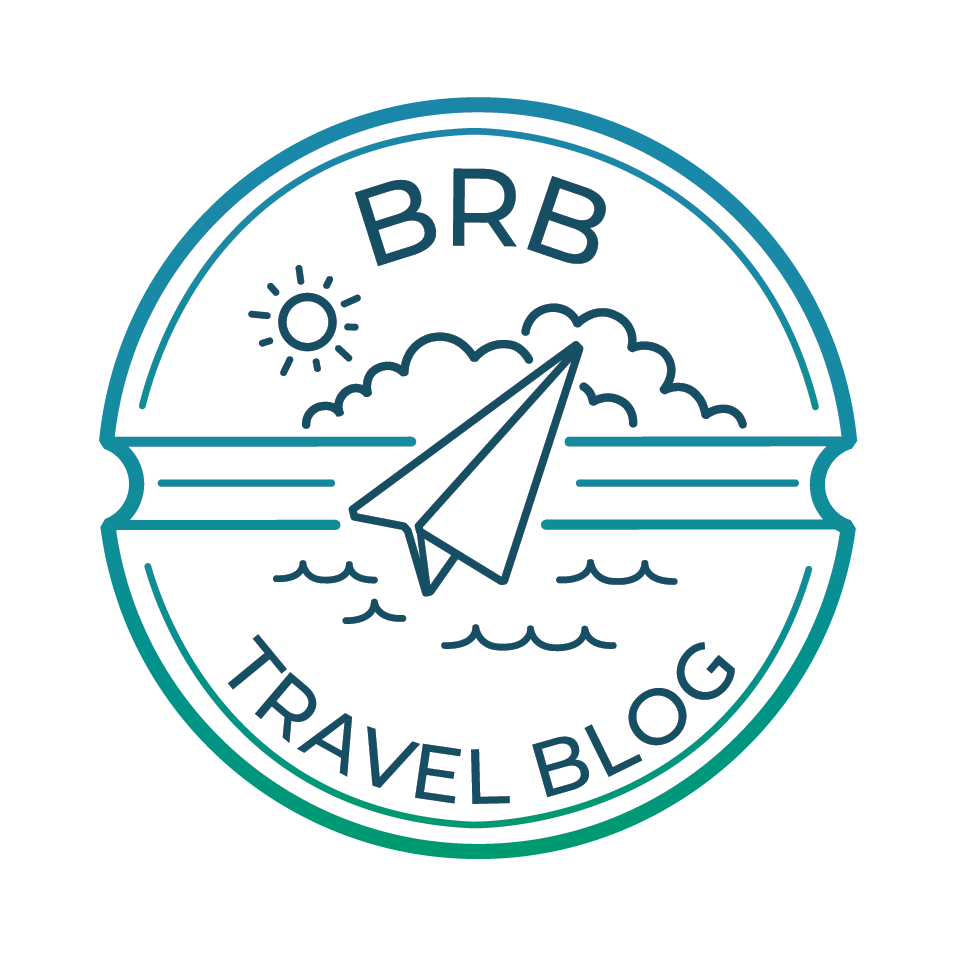





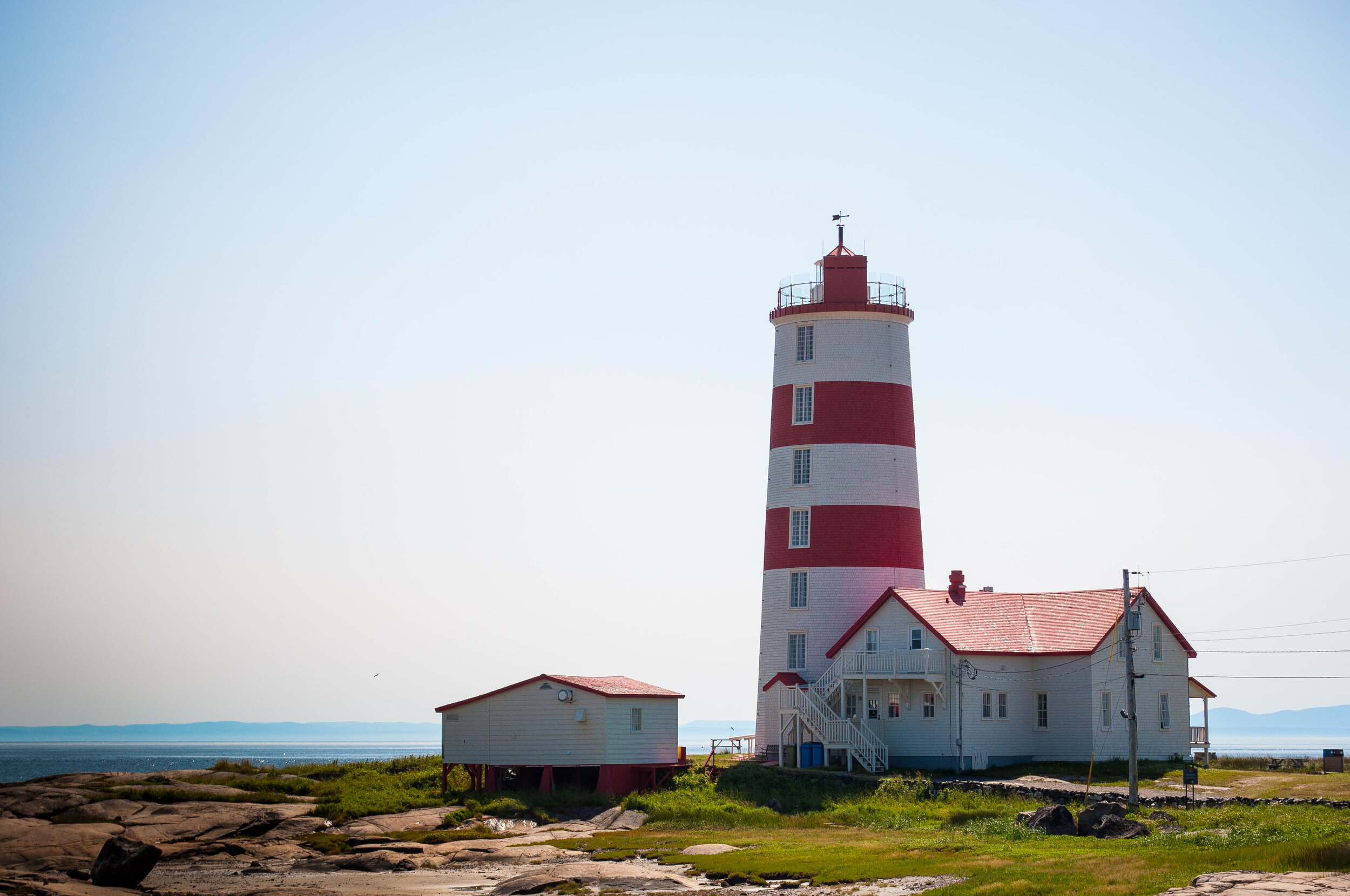
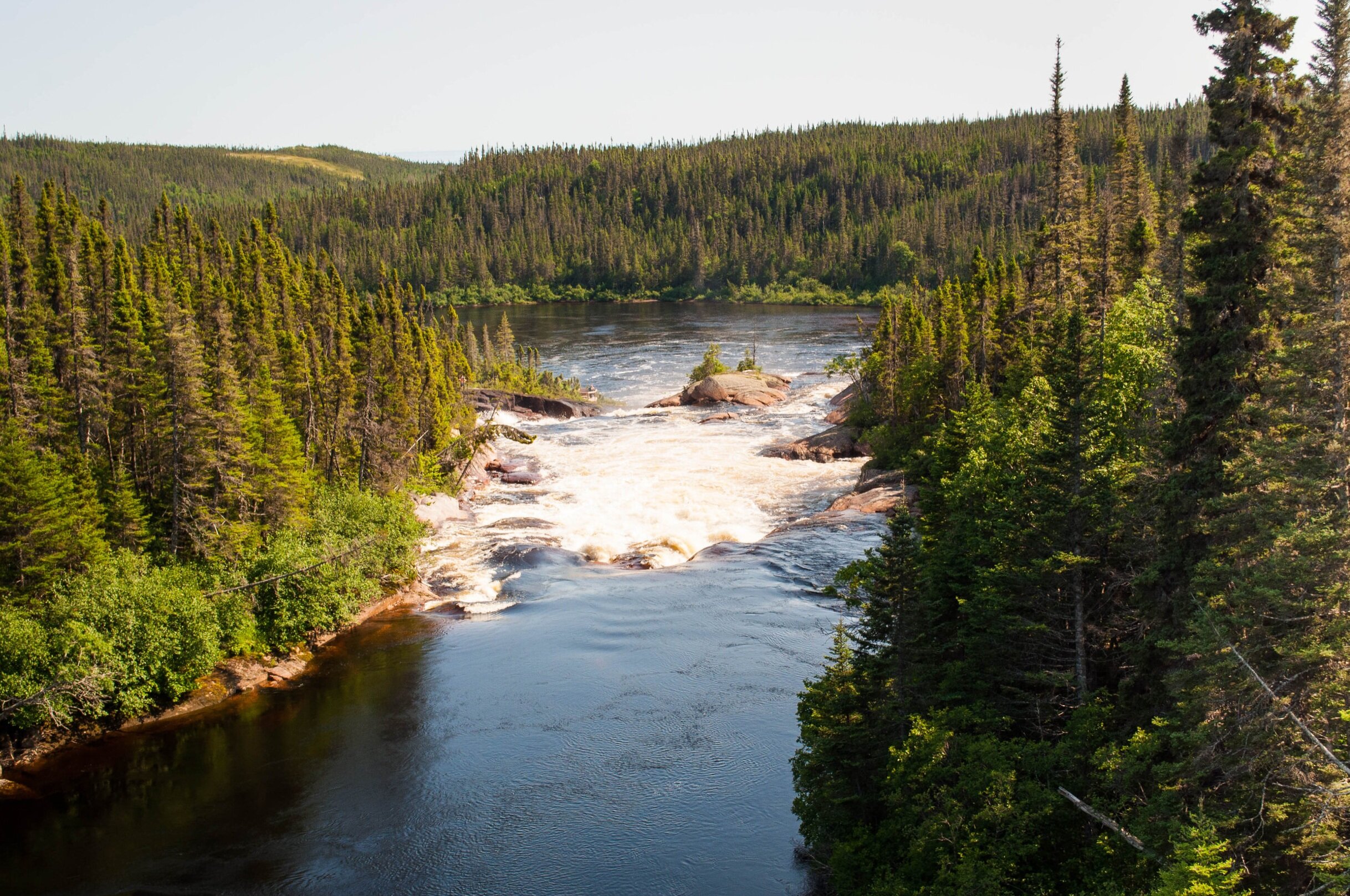



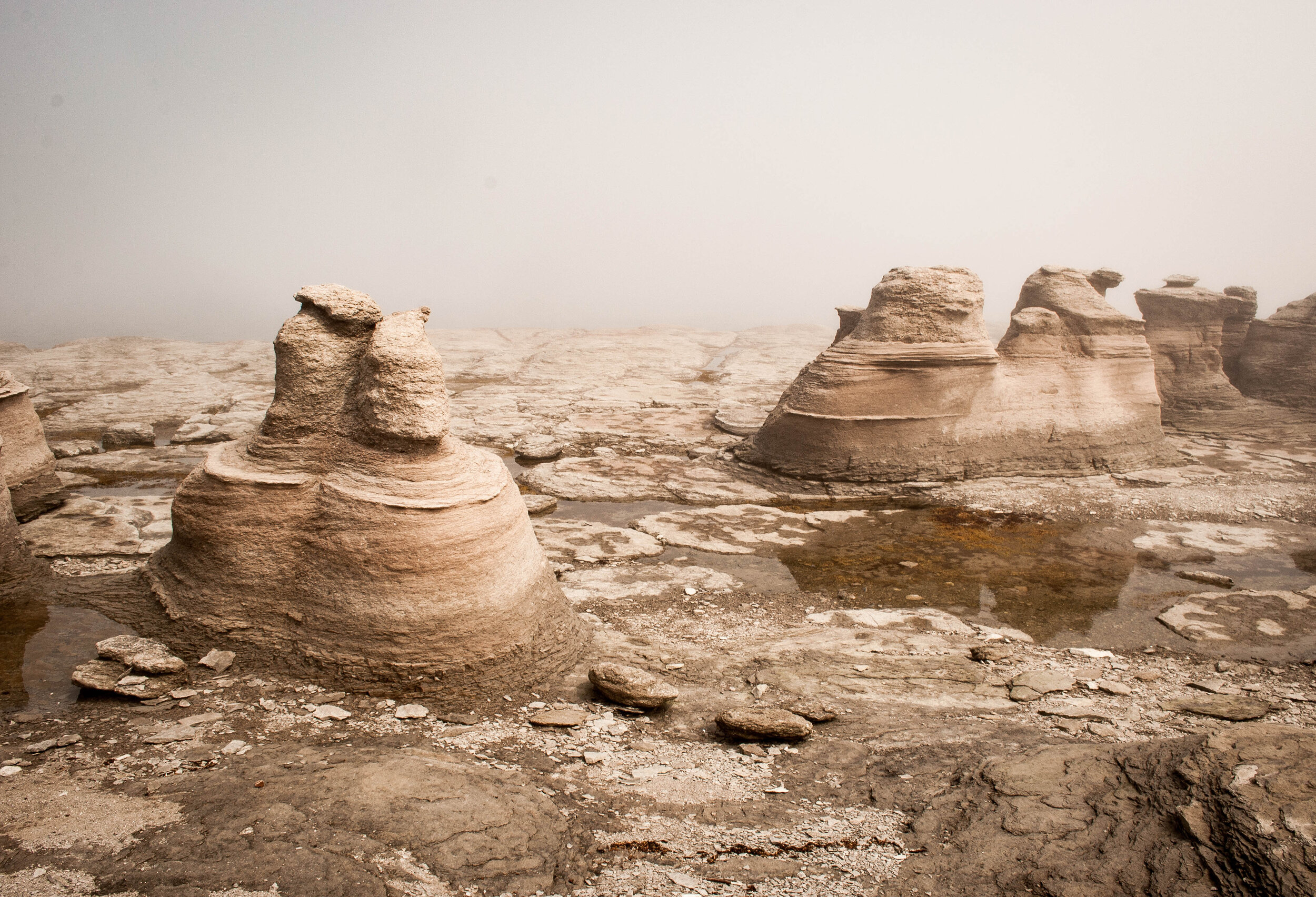
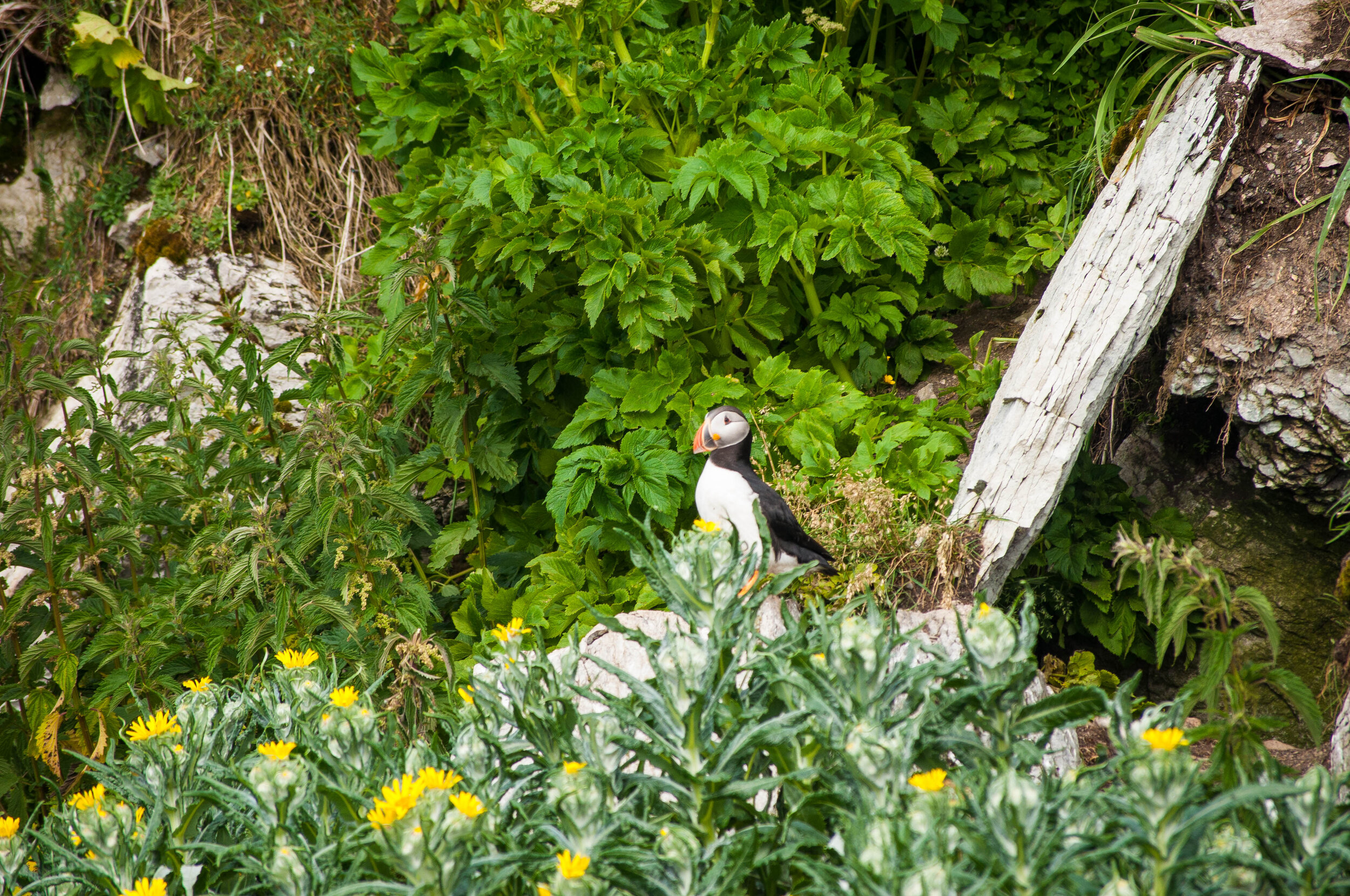

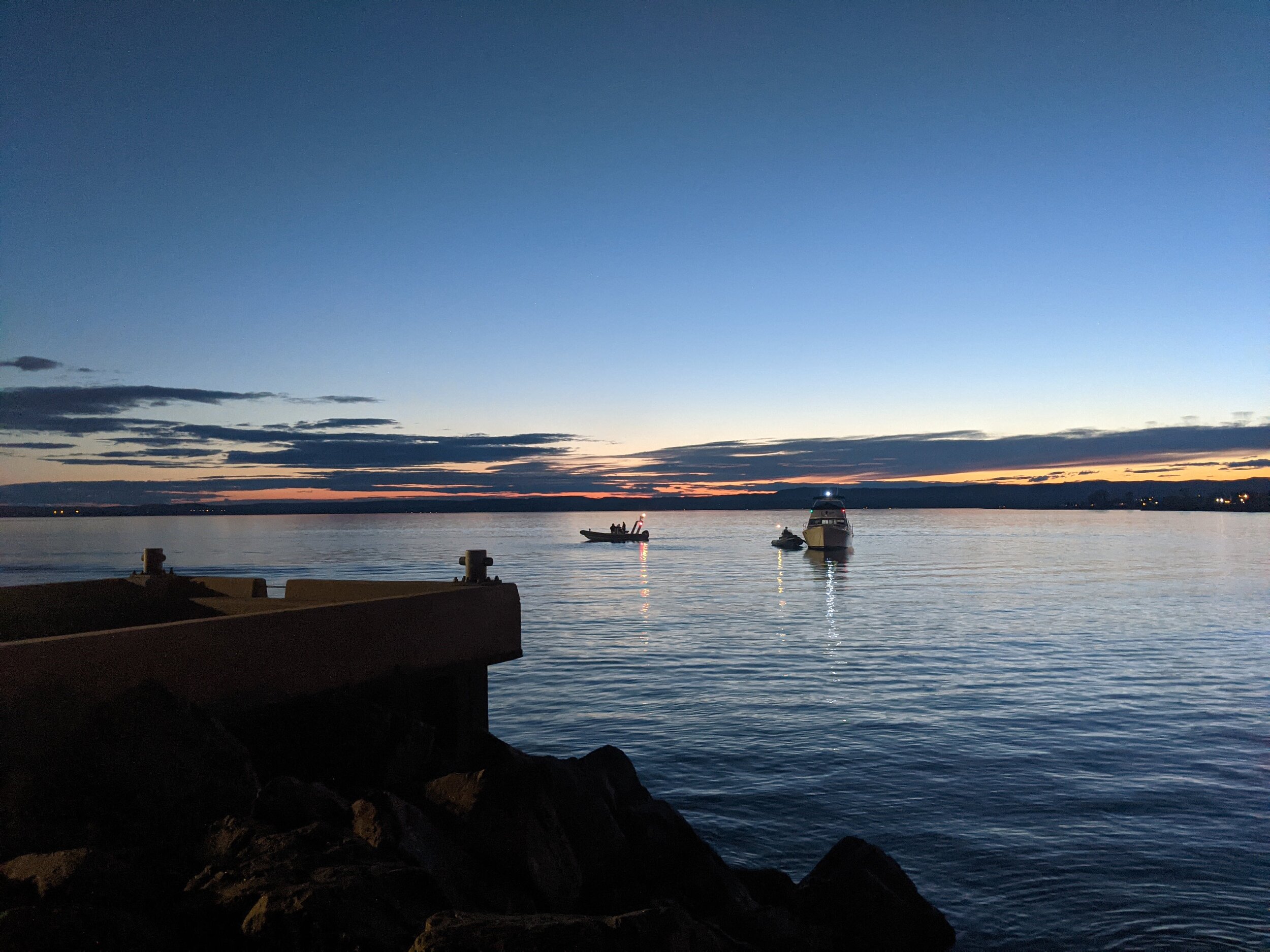
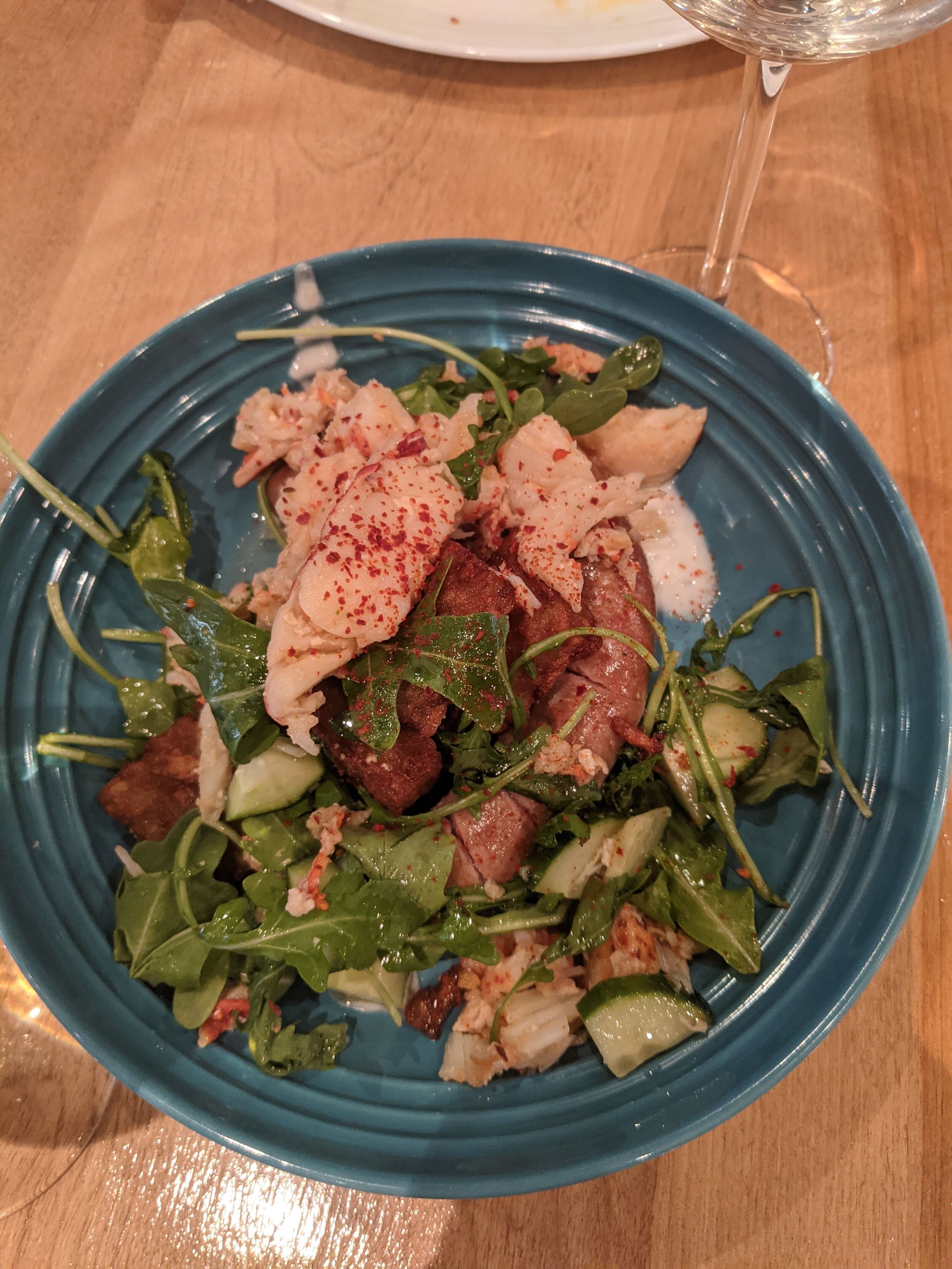

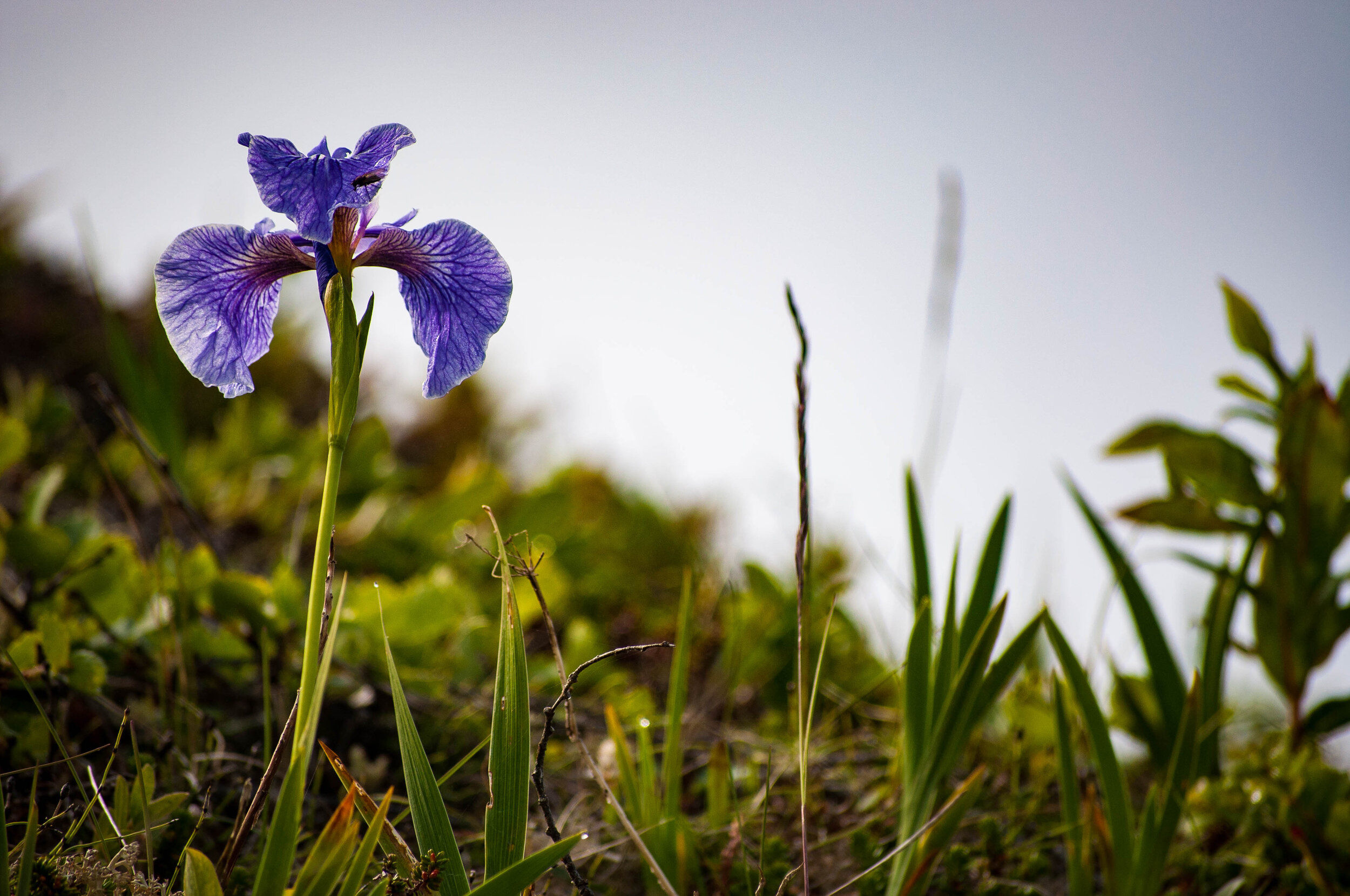







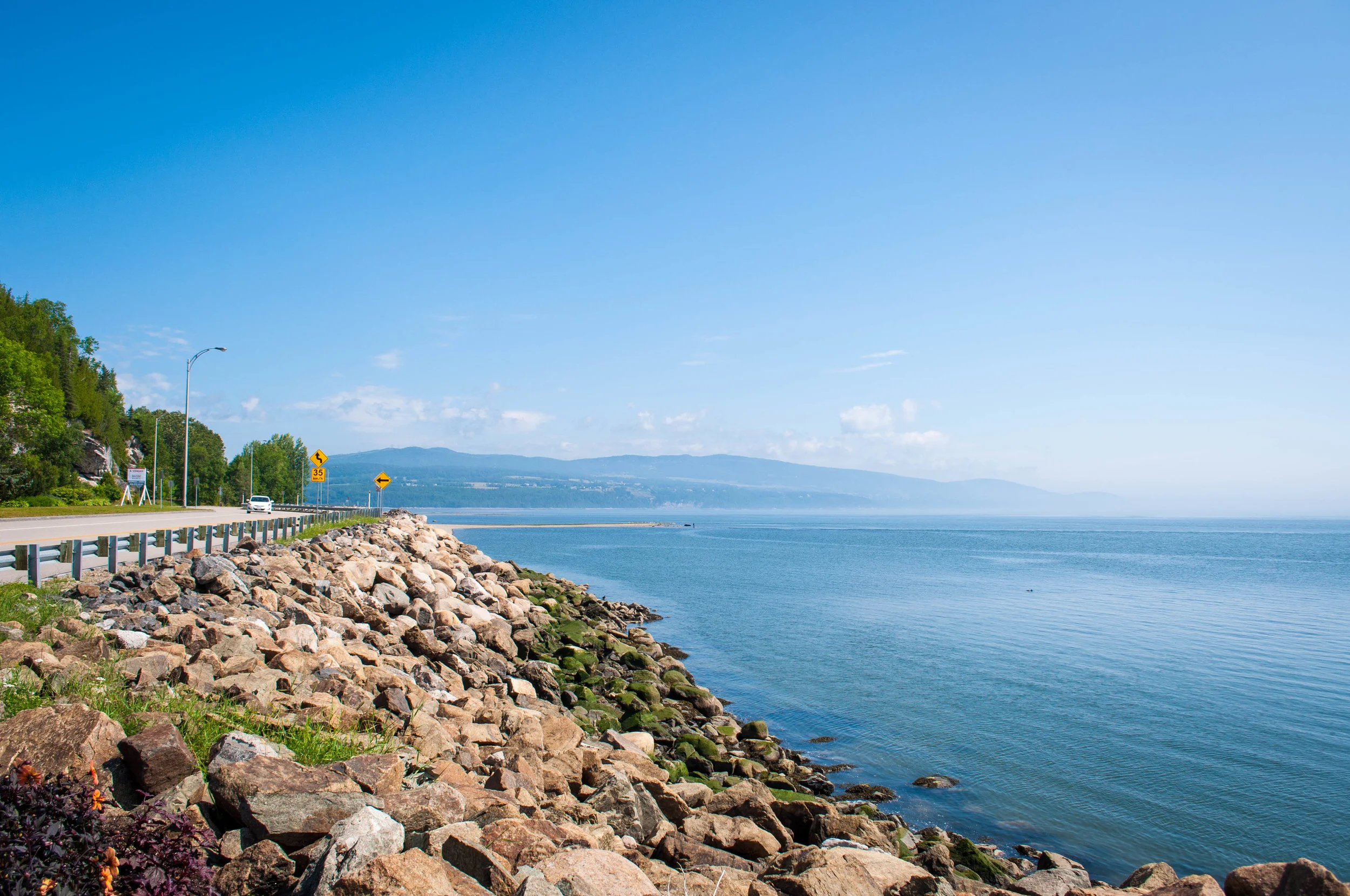


Quebec is a beautiful province with stunning and abundant wildlife. If you have dreamt of seeing bears, whales and hundreds of bird species, then planning a vacation in Quebec will not disappoint you!
In this guide, I will not only tell you where but also the best season to observe the fauna.
So get your camera and your hiking boots ready! We will also highlight sanctuaries and humane zoos along with useful information in the article.